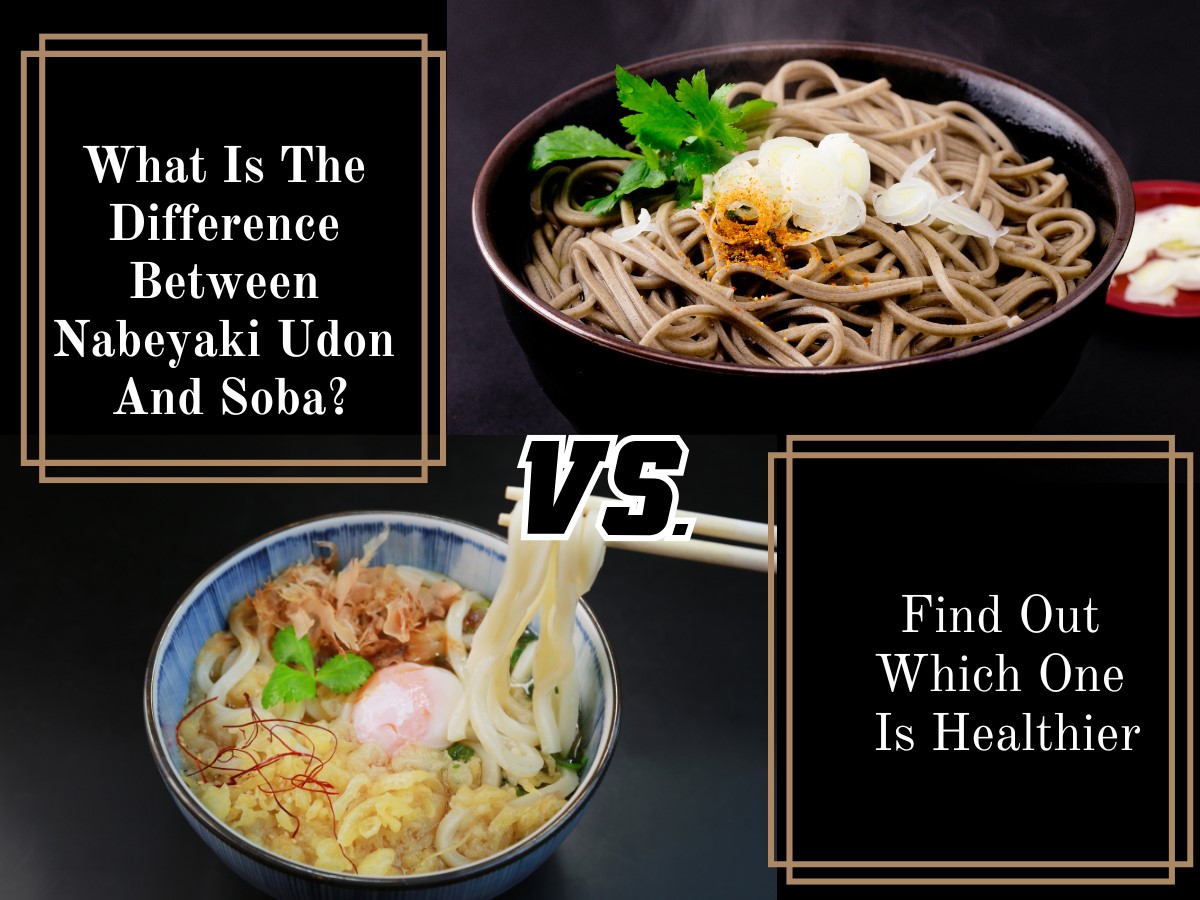
What Is The Difference Between Nabeyaki Udon And Soba Sanraku
Both udon and soba noodles are versatile and delicious but have different characteristics when it comes to toppings. Regarding udon noodles, the sky's the limit for toppings. From traditional options like tempura and green onions to more adventurous choices like seaweed, there are endless possibilities to enhance your udon noodle soup.

Udon Vs Soba Noodles What's the Difference? Diffen Food
The primary difference between soba and udon noodles is their ingredients with soba noodles being made from buckwheat flour while udon noodles are made from wheat flour. This ingredient difference leads to soba noodles having a darker color, firmer and grainy texture, and nutty flavor. Meanwhile, udon noodles are thicker, softer, and chewy with.

Udon vs Soba Noodles Differences to Know For You
Udon Chewy and soft, these thick wheat noodles are best when you can find them fresh. Dried udon is still good, but the texture is more dense. Udon has a neutral flavor, so they make a good choice for strongly-flavored dishes. Try these recipes: • Udon Soup with Bok Choy and Poached Egg • Curried Udon Noodle Stir Fry Ramen
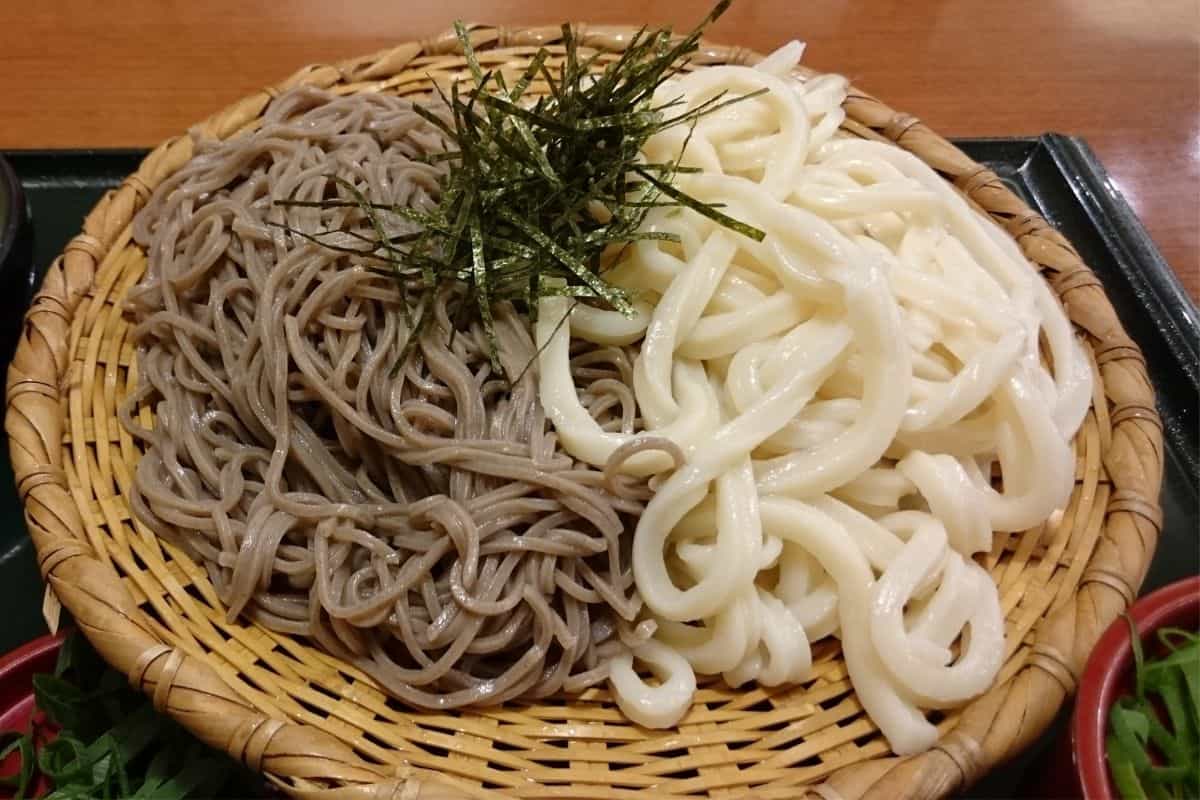
What’s The Difference Between Soba And Udon Noodles In Japan?
Soba noodles are popular Japanese noodles made by kneading buckwheat flour with water, stretching it out thinly, and cutting it into thin strips. The light gray color is from buckwheat flour.
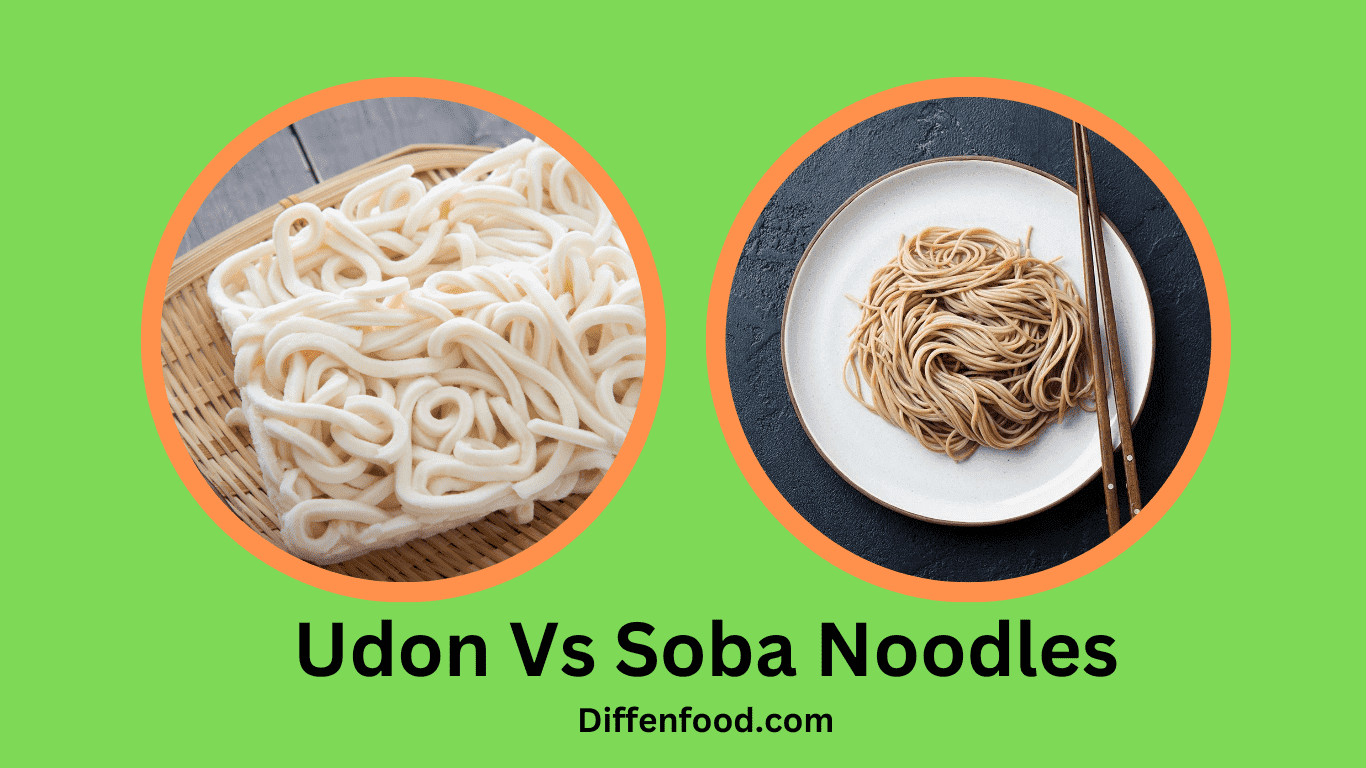
Udon Vs Soba Noodles What's the Difference? Diffen Food
Udon: Thick and chewy. Soba: Thin and delicate. Flavor: Udon: Mild and neutral, with a focus on absorbing the flavors of the accompanying dish. Soba: Nutty and distinctive, with its own unique flavor profile. Color: Udon: Typically pale white. Soba: Varies in color, from pale beige to grayish-brown, depending on the proportion of buckwheat used.
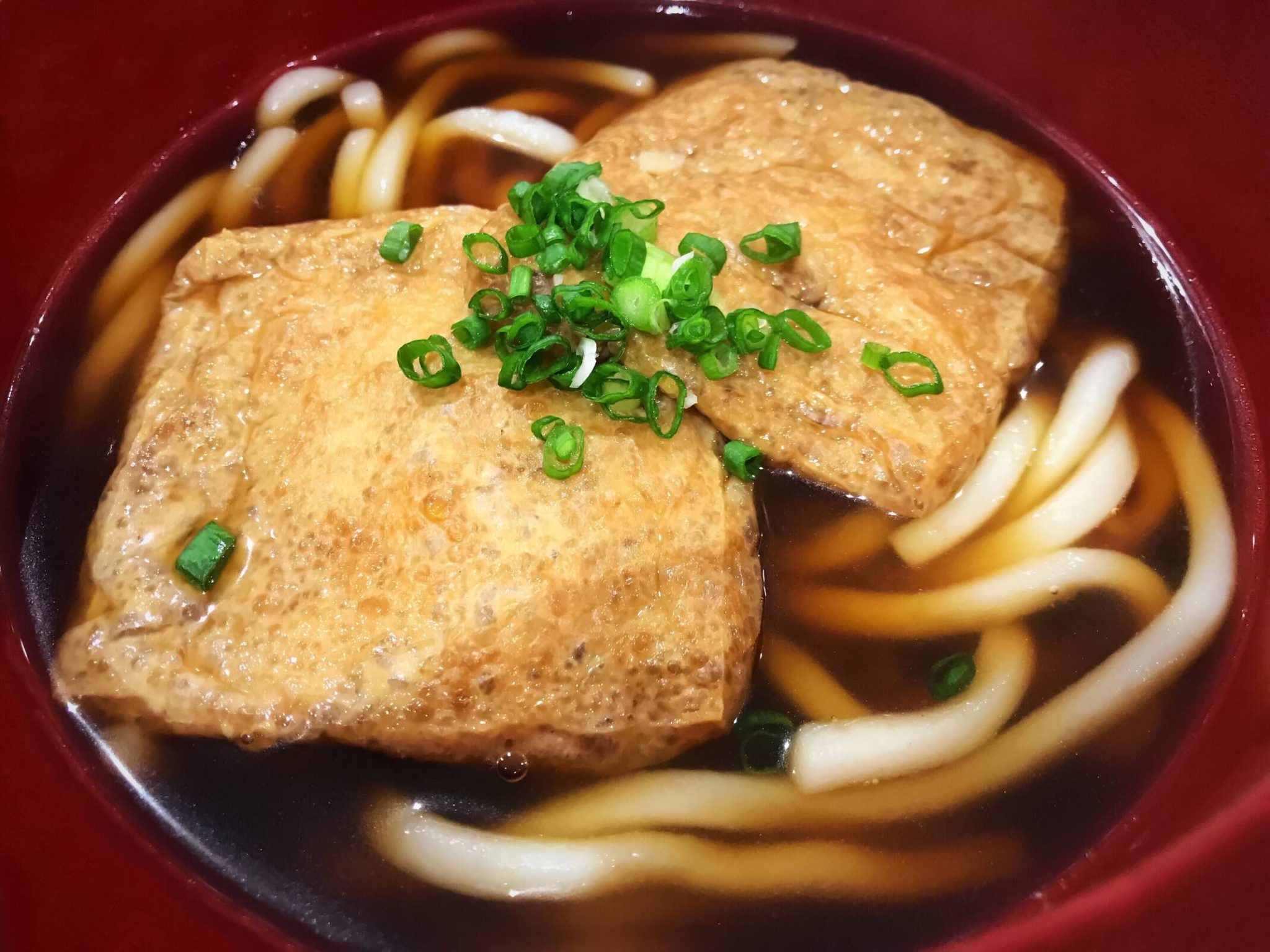
Udon vs. Soba What Is The Difference?
Udon and Soba have a rich history that dates back centuries. Udon is believed to have been introduced to Japan from China around the 700s, but it didn't gain popularity until the 1600s. Soba, on the other hand, started gaining popularity around the 1700s. These noodles have since become staples in Japanese cuisine and are enjoyed by people.

The Differences Between Soba And Udon Know Your Noodles In Japan MATCHA JAPAN TRAVEL WEB
Food Soba vs. Udon Noodles: What's the Difference? Written by MasterClass Last updated: Dec 1, 2021 • 3 min read Japanese soba and udon noodles may not be as world-famous as ramen, but they are just as delicious. The former is a thin, brown noodle made from buckwheat, while the latter is thicker and made from wheat. Learn From the Best

Differenza tra Soba e Udon (Aspetto, Sapore, Preparazione)
Cold soba is delicious. They can also be tasty hot and are great in soups and when whipped up in a wok with everything from wilted bok choi to a fresh fried egg. People love Soba because it's one of the healthiest noodle choices. Take a look at some of the most loved Soba dishes… YakiSoba
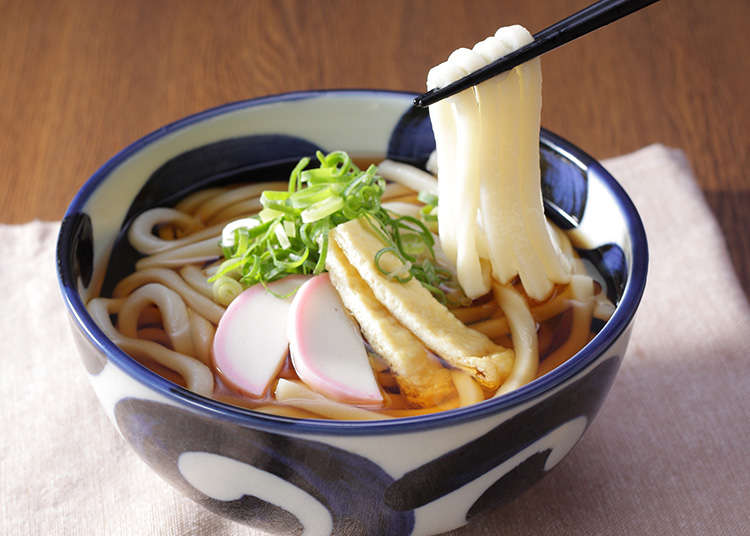
Udon and Soba LIVE JAPAN (Japanese travel, sightseeing and experience guide)
The thick, glossy and pure white Udon noodle strips. 2. Characteristics Of Udon. In terms of flavor, Udon noodles are chewier than Soba noodles but are equally delicious and versatile. Udon noodles are widely known for being easy on the stomach and can easily meet any taster's demand due to their mild flavor.

Udon vs Soba Difference and Comparison
Udon noodles are made up of 100% wheat flour, water, and salt, whereas soba is made either with buckwheat flour or a mixture of buckwheat and standard wheat flour. Spicy Noodle Recipes to Make for Dinner Nutrition Soba noodles contain buckwheat, making them more fiber-rich. Udon is carb-heavy, but still boasts fewer calories than soba. Texture
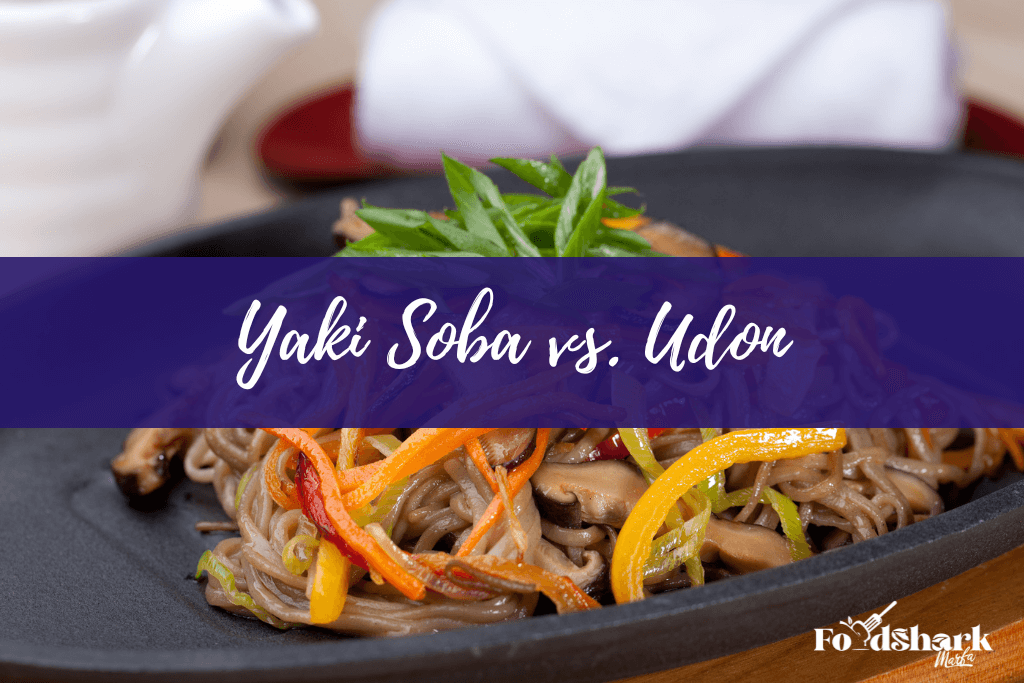
Yaki Soba vs. Udon The Ultimate Noodle Battle Food Shark Marfa
What Is Udon Where to Find Soba and Udon Where to Buy Soba and Udon Dishes That Are Good with Both Soba and Udon Regional Soba and Udon Dishes Other Popular Japanese Noodles Although Japan is famed for its sushi, noodles are just as important and iconic a part of Japanese cuisine.

What’s the Difference? Soba, Udon, and Rice Noodles Udon noodle soup, Asian noodles
Udon noodles are made by kneading wheat flour, salt, and water. These white noodles are sold dried, fresh or frozen. Dried udon noodles can vary in thickness and can be quite dense.
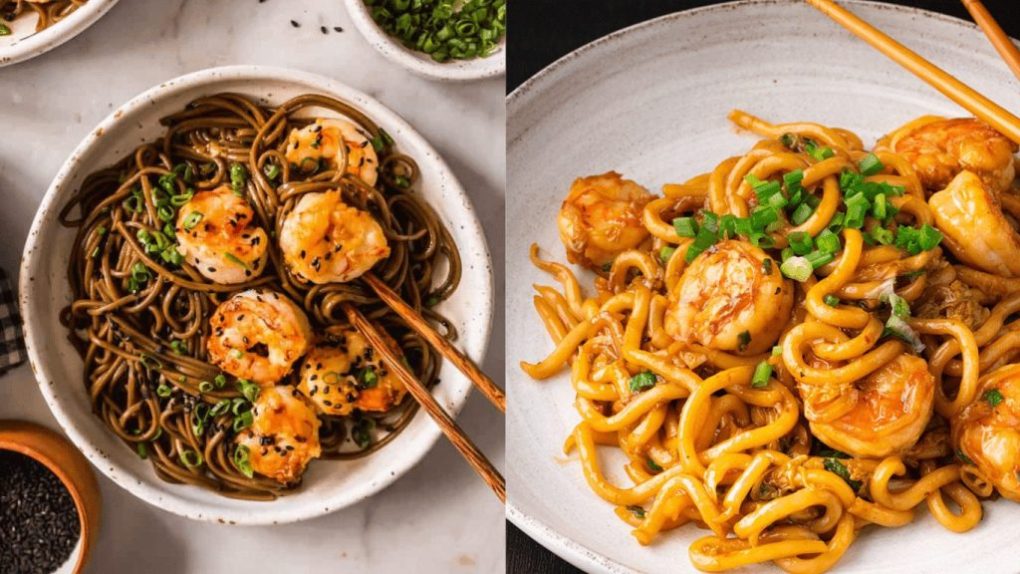
Udon Vs Soba Noodles What's the Difference? Diffen Food
What is Soba Soba noodles are long, thin Japanese noodles made of buckwheat flour and water - and sometimes a portion of wheat flour (more in this in a sec). They have a subtle nutty taste and and can vary in texture from chewy and springy - to dense and mildly grainy.
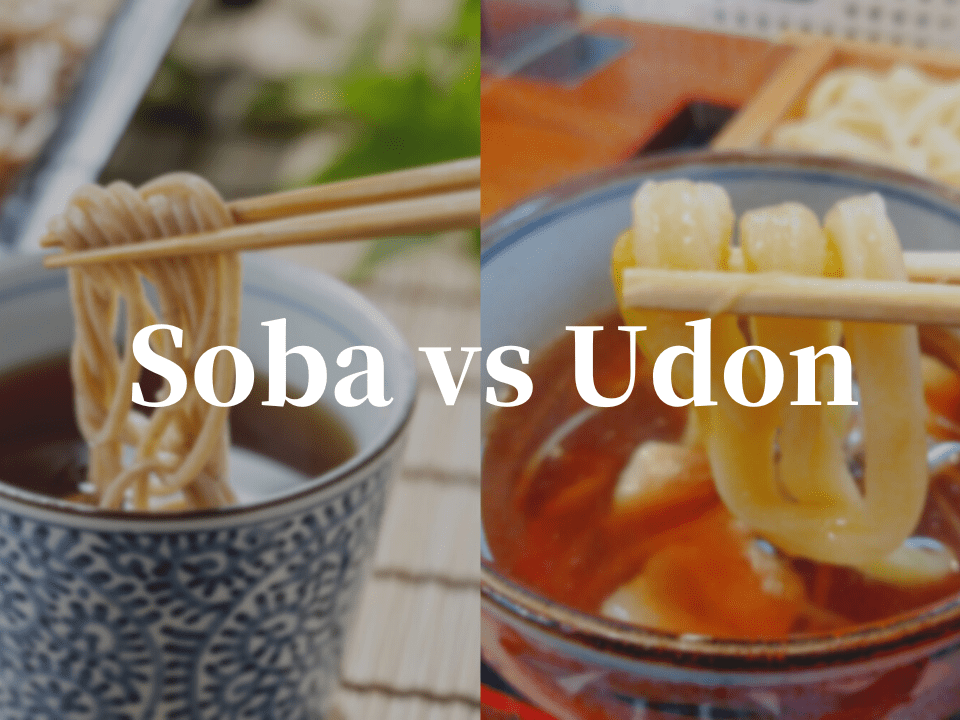
Soba vs Udon What is the Difference? Japan Web Magazine
Udon noodles are thick, glossy and have a much chewier, thicker texture compared to soba. Taste. Generally, soba noodles feature a one-of-a-kind earthy, nutty flavor. Since they're so distinctive in terms of taste, soba noodles are often best served with a mild broth or simple dressing, allowing the subtle nutty flavor to come through.

Udon Vs Soba, What's The Difference? QUESTION JAPAN
The most famous noodles in Japan are ramen, soba, and udon. Learn about their differences and what soup you can make with what specific noodle type.
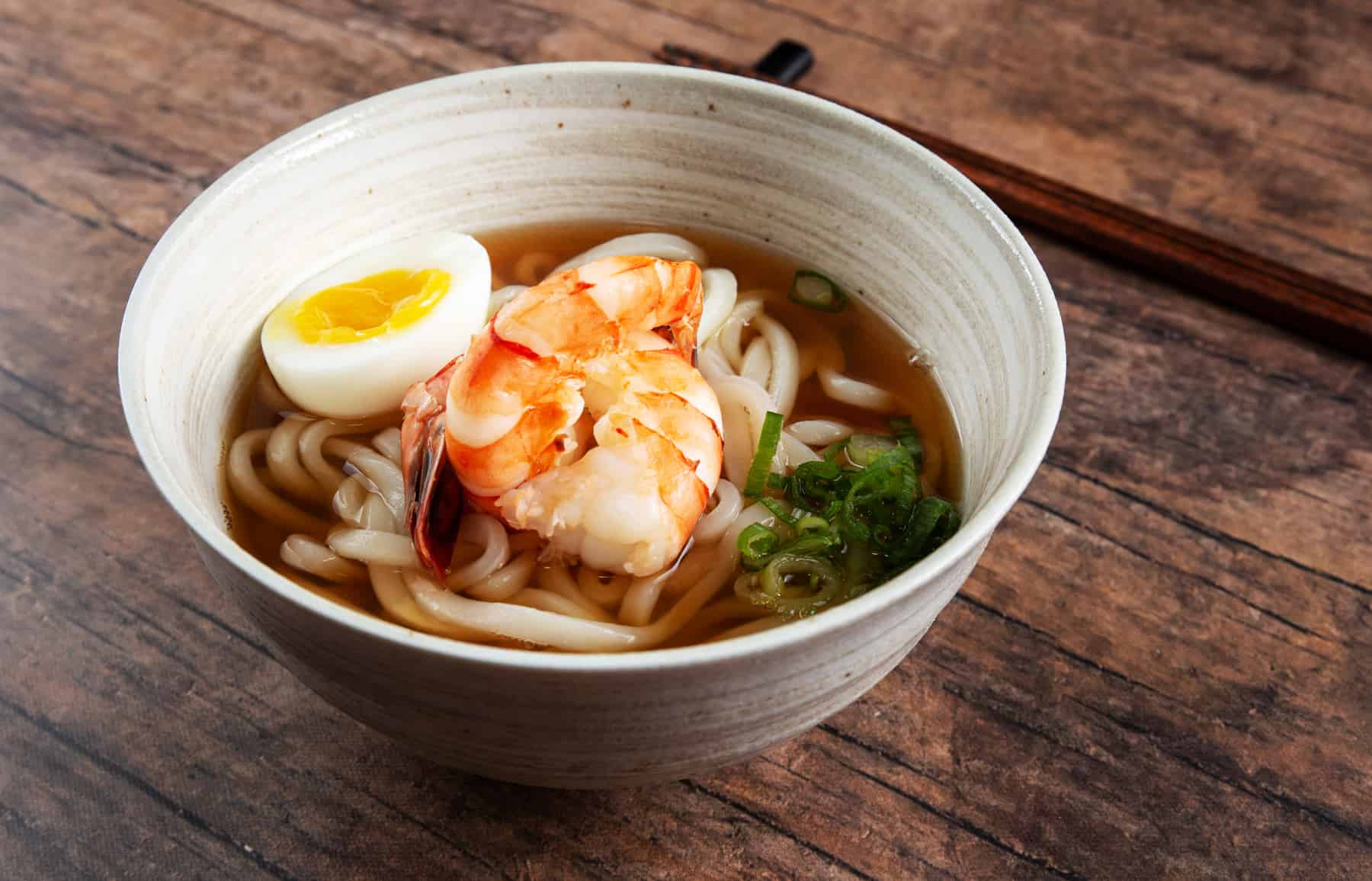
Udon vs Soba. Japan Venge
Posted on November 01, 2023 Today, we're diving into a super delicious topic: udon vs. soba - the ultimate showdown of Japanese noodles! These two noodle champs aren't just popular in Japan; they're rocking taste buds worldwide. So, buckle up and prepare for a noodle adventure like no other! What is udon? Let's get into the delicious world of udon!